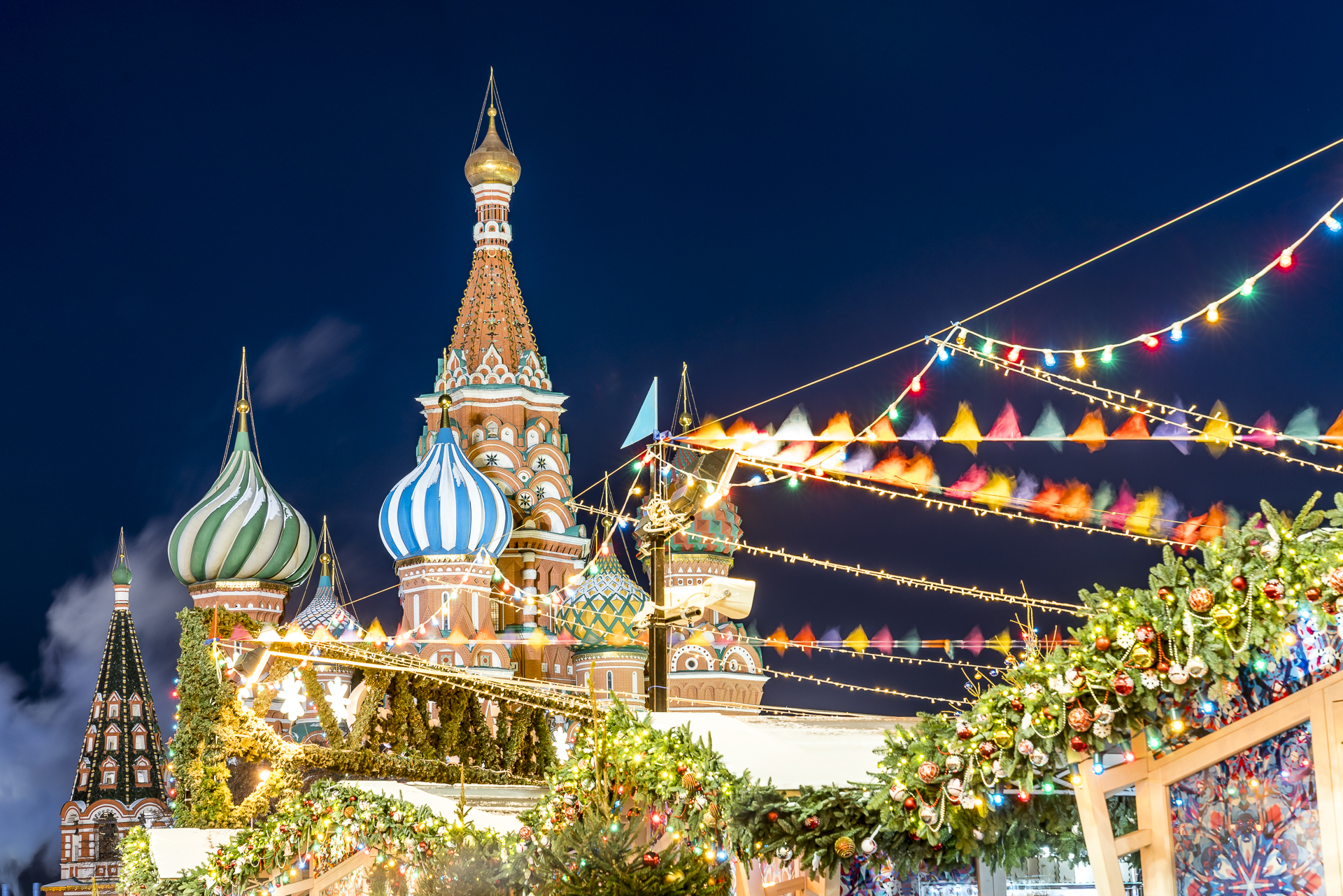
Moscow in winter – My 11 top tips
Since our first trip to Russia in December 2015, I have been infected by the “Russia virus”. We traveled to St. Petersburg without great expectations and returned home a few days later enthusiastic; the people, the food, the architecture… great!
When we first thought about possible routes for our “big trip”, the Trans-Siberian Railway to and with Moscow was originally under discussion instead of the Silk Road. For visa reasons, we abandoned the idea and instead planned a city trip to Moscow during the Christmas season.
A good decision! Moscow welcomed us at the beginning of December with frosty sub-zero temperatures and a thin layer of snow. Even though the Orthodox Christmas is later than “our” holidays, Moscow was already festively dressed up and exuded Christmas flair. We were on site for a total of four days and brought you 11 tips for a winter trip to Moscow.
#1: Central accommodation
The urban area of Moscow is huge, with some of the top sights within a river’s distance from each other concentrated in the center. It is therefore worthwhile to stay in a central location. Around the Kremlin and Red Square, in addition to offshoots of international hotel chains, there is a historic and equally chic home. Built at the beginning of the 20th century, the Hotel Metropol is one of the most magnificent Art Nouveau buildings in Moscow and has hosted many illustrious guests in its more than 100-year history. Currently, two experienced Swiss hotel managers (Chairman of the Board of Directors Michel Rey and General Manager Dominique Godat) are working to make the Hotel Metropol fit for the future.
We were impressed by the hotel’s great location, the good service and the great breakfast buffet under the imposing glass dome – even with over 100 years under its belt, the Metropol is still a top address in the center of Moscow and a “must” for fans of historic hotels. We spent the night in one of the newly designed superior rooms.
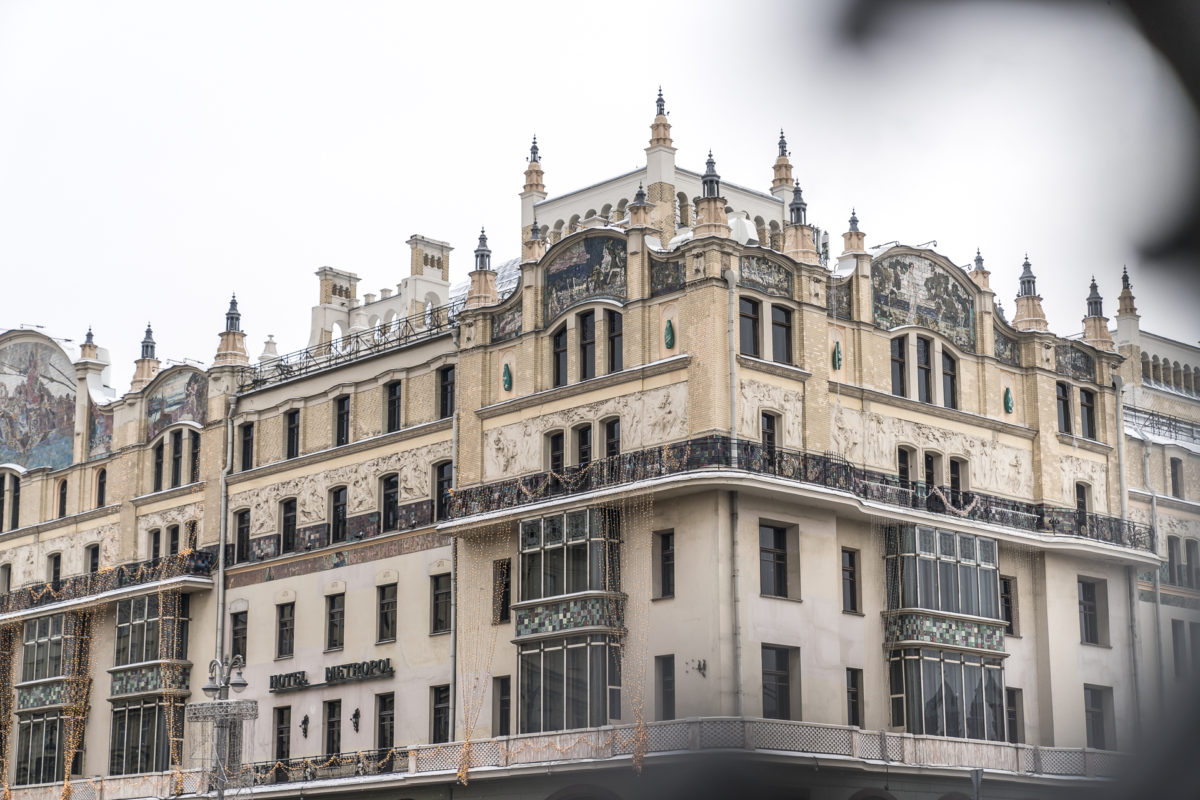
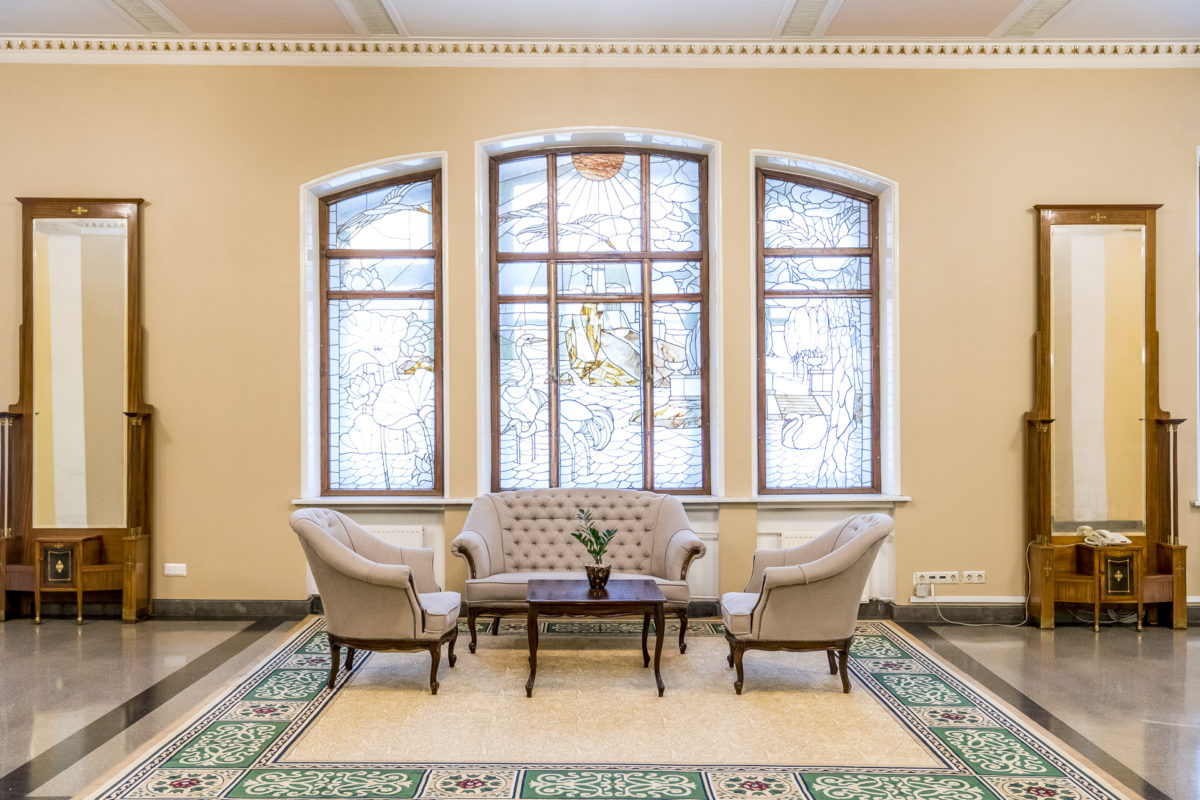
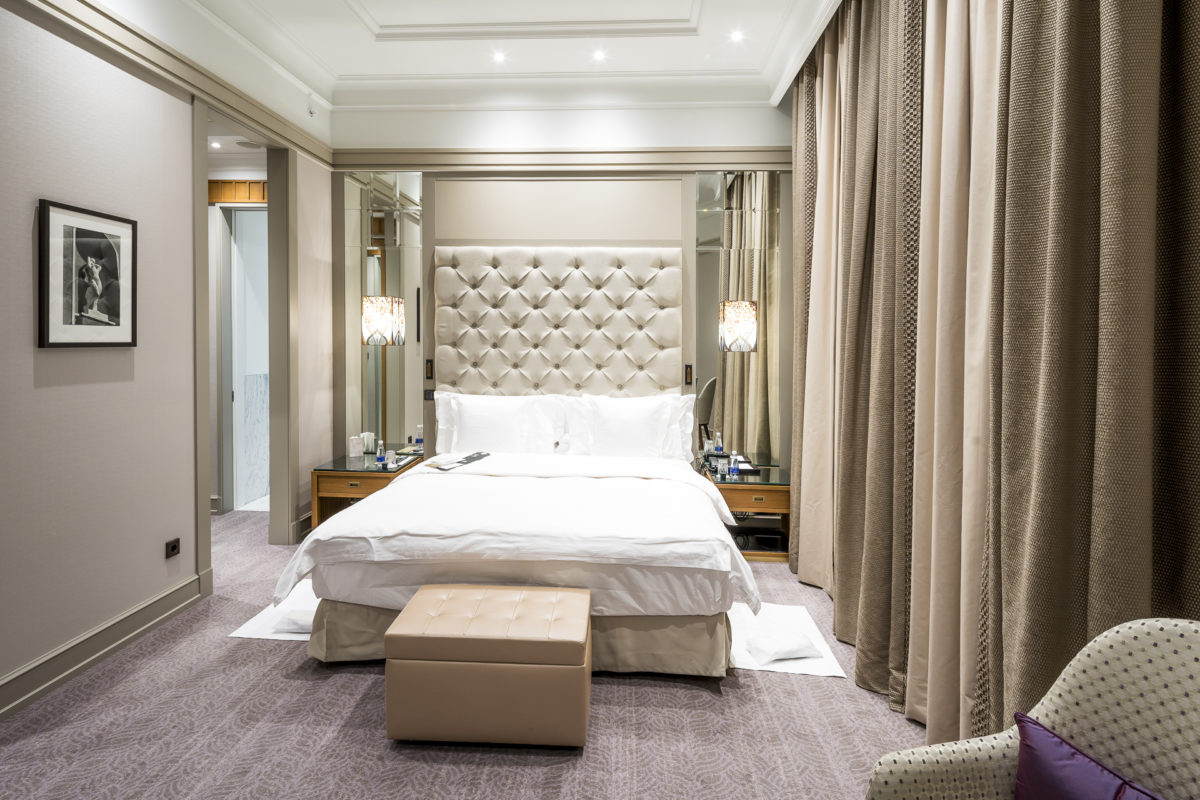
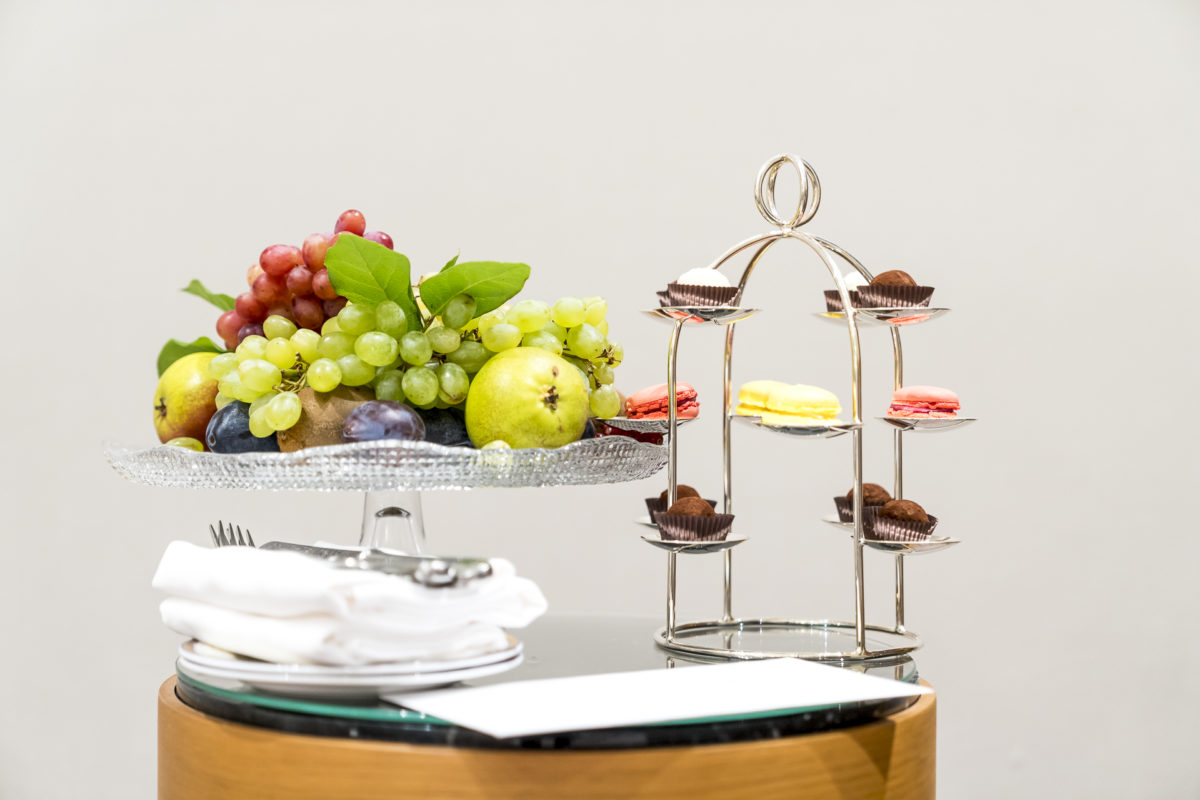
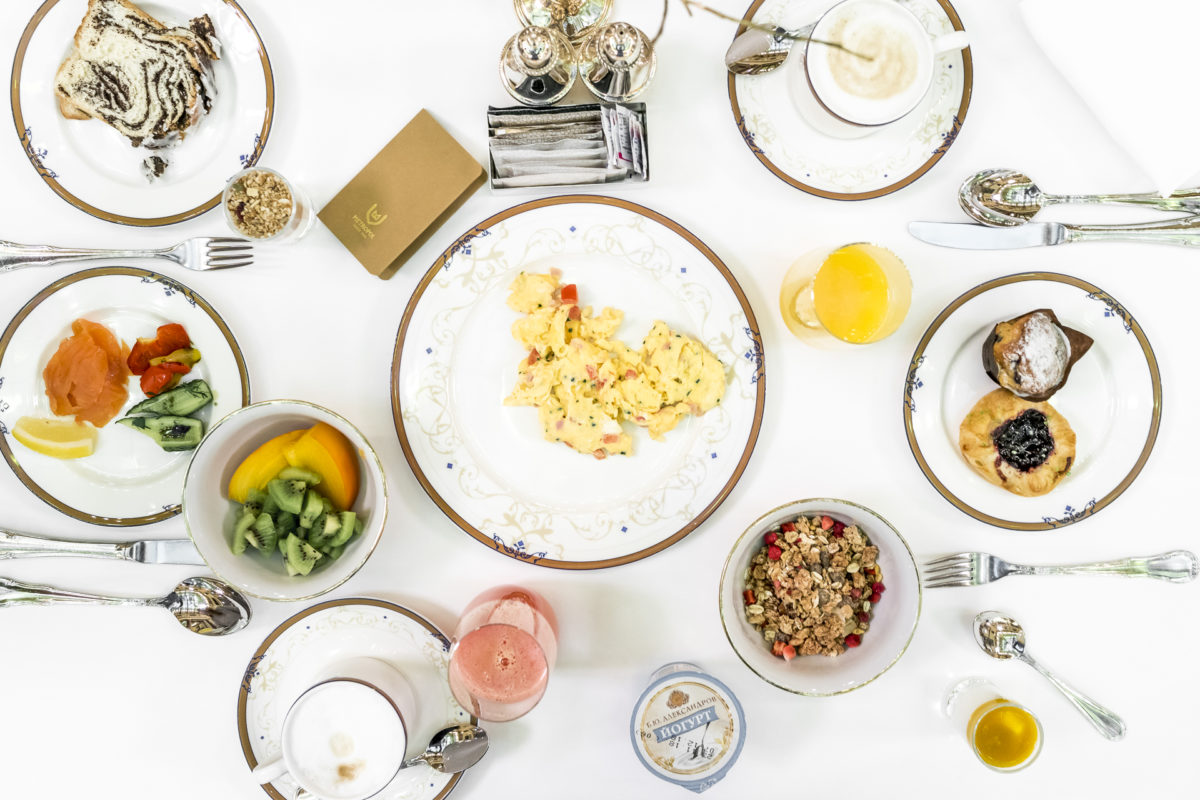
#2: Stroll through Red Square
If you travel to Moscow in winter, you have to be prepared for short days. This has advantages and disadvantages. One of the advantages is that nothing stands in the way of a comfortable start to the day with a good night’s sleep and a hearty breakfast, and the low sun inspires with the best photo light even at noon. The disadvantage is that there is less time for sightseeing.
The morning after our arrival, the first thing we do is head for Red Square, which is only a five-minute walk from the Hotel Metropol. Surrounded by the Kremlin walls, the GUM department store, St. Basil’s Cathedral and Lenin’s Mausoleum, it is the landmark of Moscow and has been a UNESCO World Heritage Site since 1990. An impressive ensemble that boasts an elaborately decorated Christmas market during the Christmas season. Accordingly, I recommend visiting the Red Square at least twice: once in daylight and once at dusk.
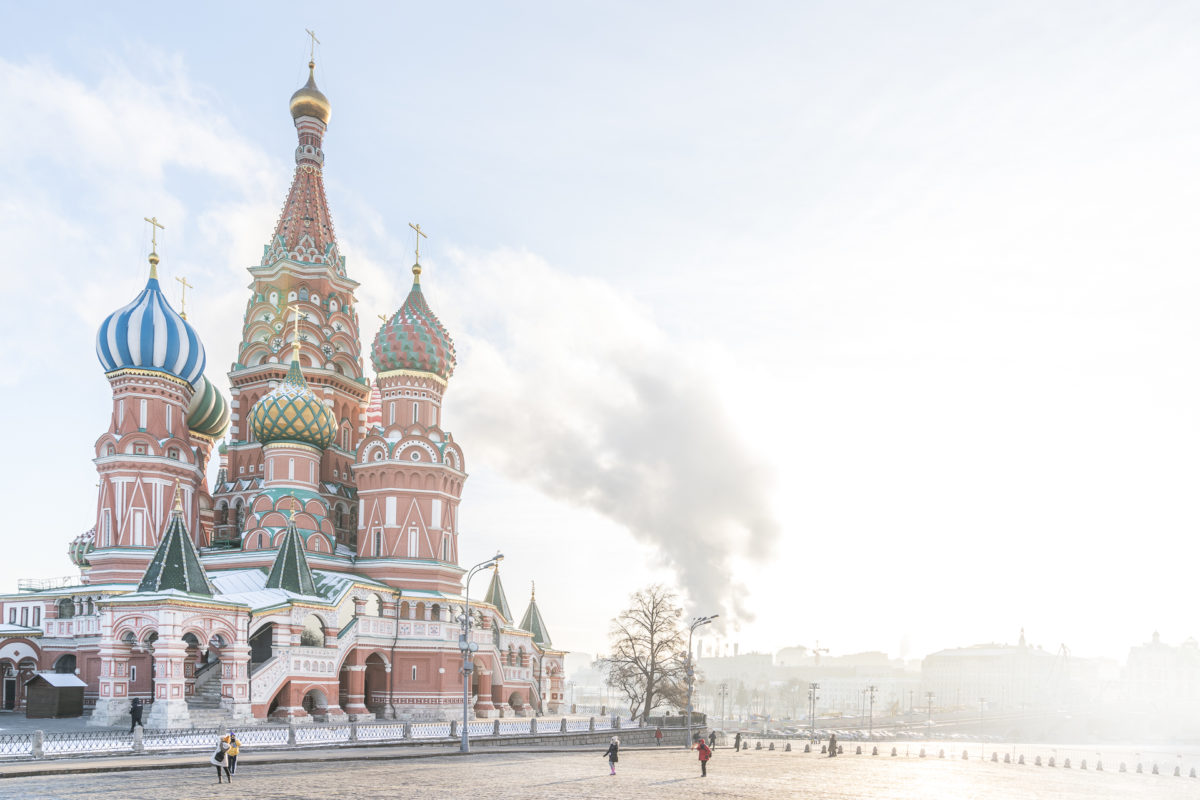
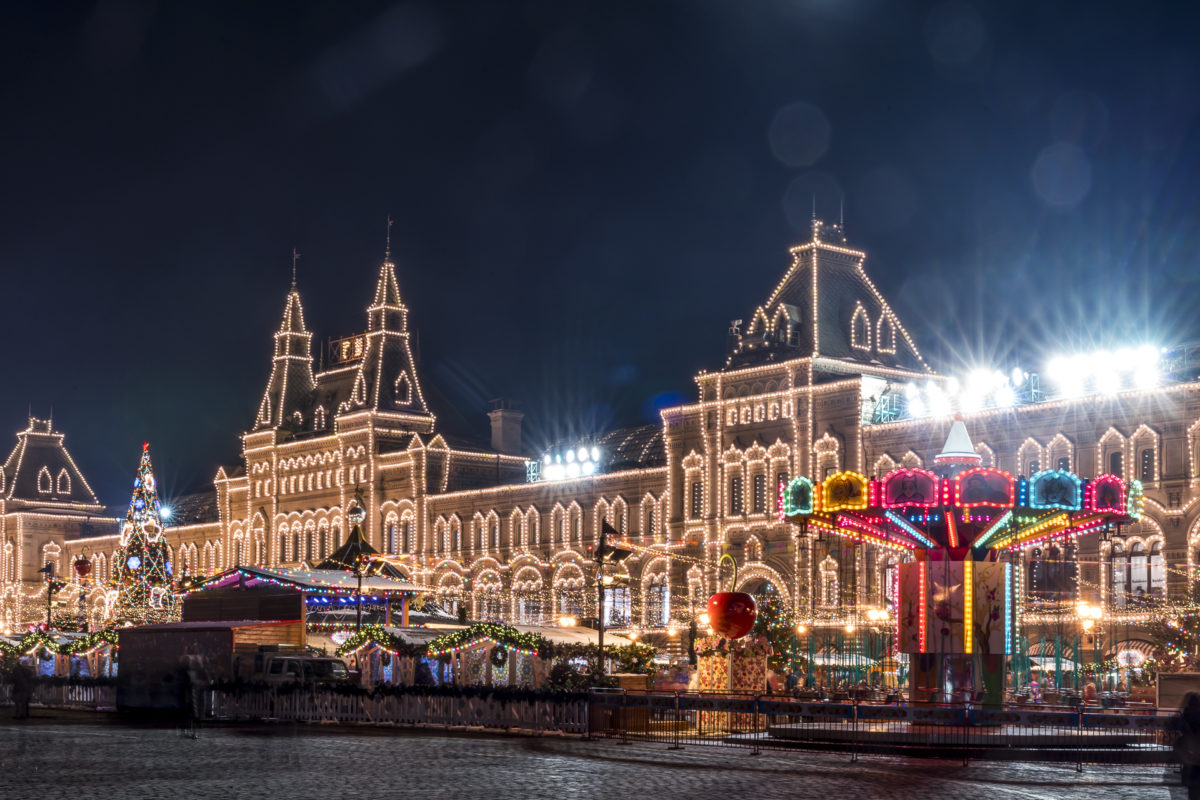
#3: admire opulent department stores
The tour of Red Square takes its toll in icy winds. To warm up your hands and feet, head for the GUM department store on the eastern edge of the square. Built at the end of the 19th century, the department store is the oldest and largest shopping temple in Moscow and an architectural gem! If you have a large enough wallet with you, you can devote yourself to extensive Christmas shopping here undisturbed. There was no sign of crowds and haste far and wide. However, we limited ourselves to admiring the wonderful symmetries – Gucci, Prada & Co were a bit too extravagant for me.
While the GUM is one of the highlights of Moscow, I found another alternative. The Central Children’s Store is located on the same street as the Hotel Metropol and has its origins in the time of the Soviet Union. With over 100 children’s toy shops spread over seven floors, this is a valid stop to find unusual souvenirs and visually no less impressive.
4: Experience a Russian Tea Ceremony
Another nice opportunity to warm up after a tour of Red Square and fortify yourself for another round of sightseeing is the traditional Russian tea ceremony in the Chaliapin Bar in the Hotel Metropol. The tea ceremony serves a choice of green or black tea, accompanied by blinis, caviar, sour cream, rasstegai and pirozhki (traditional Russian pastries), small sandwiches and petit fours. The cost for two to four people is 5,800 rubles (the equivalent of around 85 CHF) and in my opinion is a worthwhile experience in the historic ambience of the Hotel Metropol.
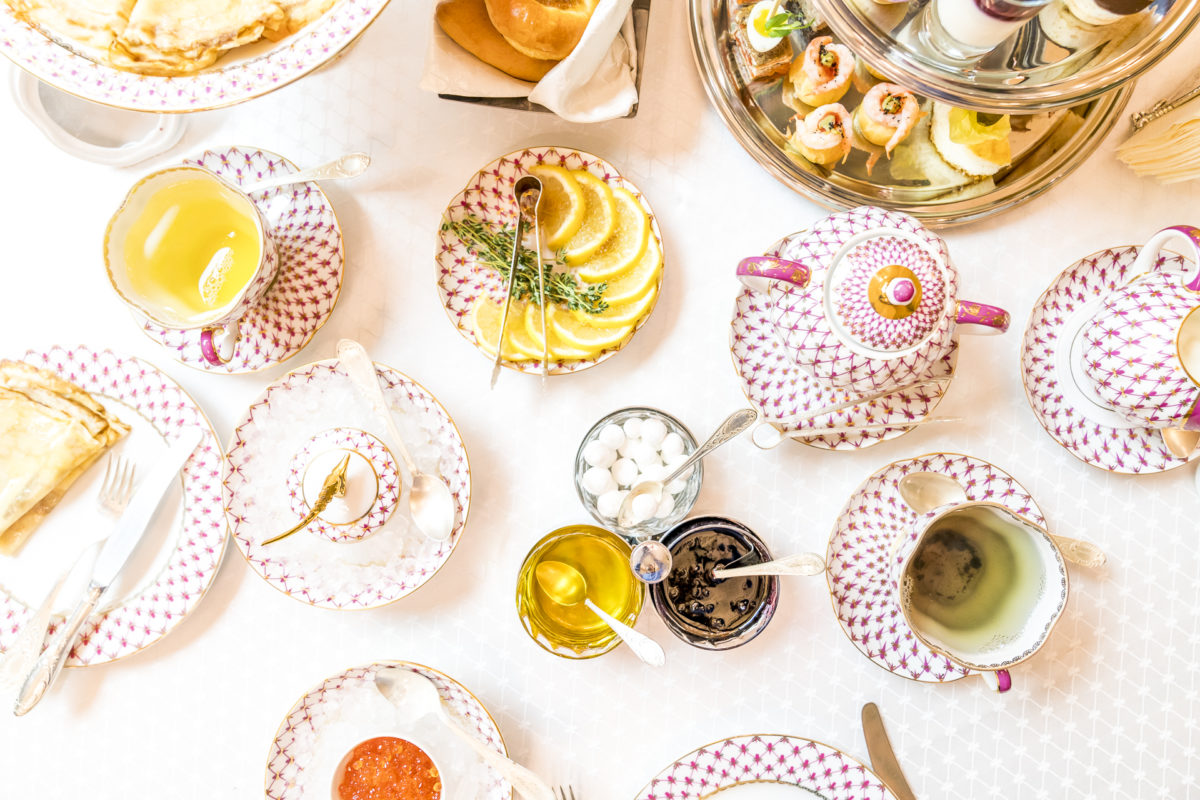
#5: The Stroll along the Moskva River
Freshly strengthened, nothing stands in the way of another exploration tour. Dress warmly and then walk towards Zarjadje Park. Located right next to Red Square and the Kremlin, the landscape park is one of Moscow’s latest achievements. The park, designed by the American architectural firm Diller Scofidio + Renfro, features a “floating” bridge that offers a special perspective on the buildings along the Moskva River. From there, our walk takes us to the Kotelnicheskaya Embankment Building near the Great Ustyinsky Bridge. The apartment building on Kotelnicheskaya Embankment belongs to the so-called “Seven Sisters“; seven high-rise buildings in Moscow built by order of Stalin in the style of socialist classicism.
We cross the Moskva River and walk along the opposite bank to the site of the former chocolate factory “Krasny Oktyabr”. The factory has been repurposed and now houses galleries, museums, loft apartments, bars and restaurants. The site of the former chocolate factory is connected to the Cathedral of Christ the Saviour by a pedestrian bridge and is therefore ideal for a nice round trip in the center of Moscow.
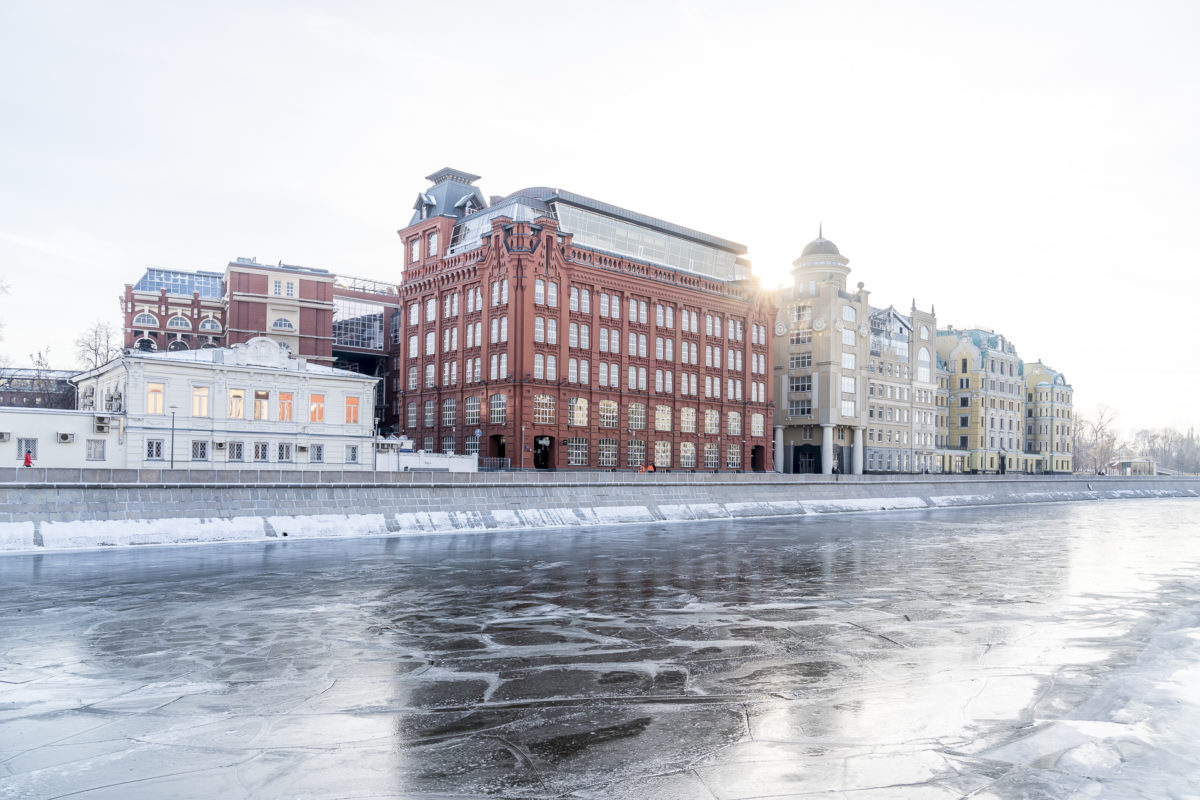

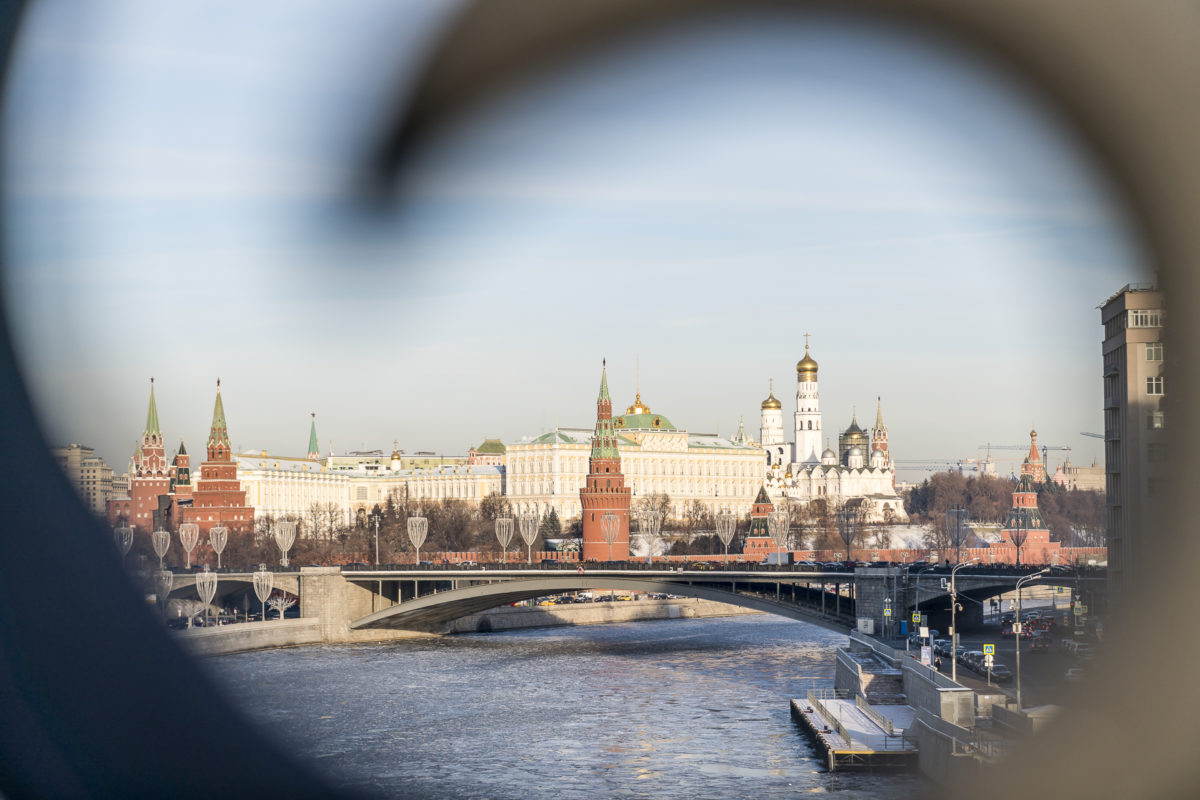
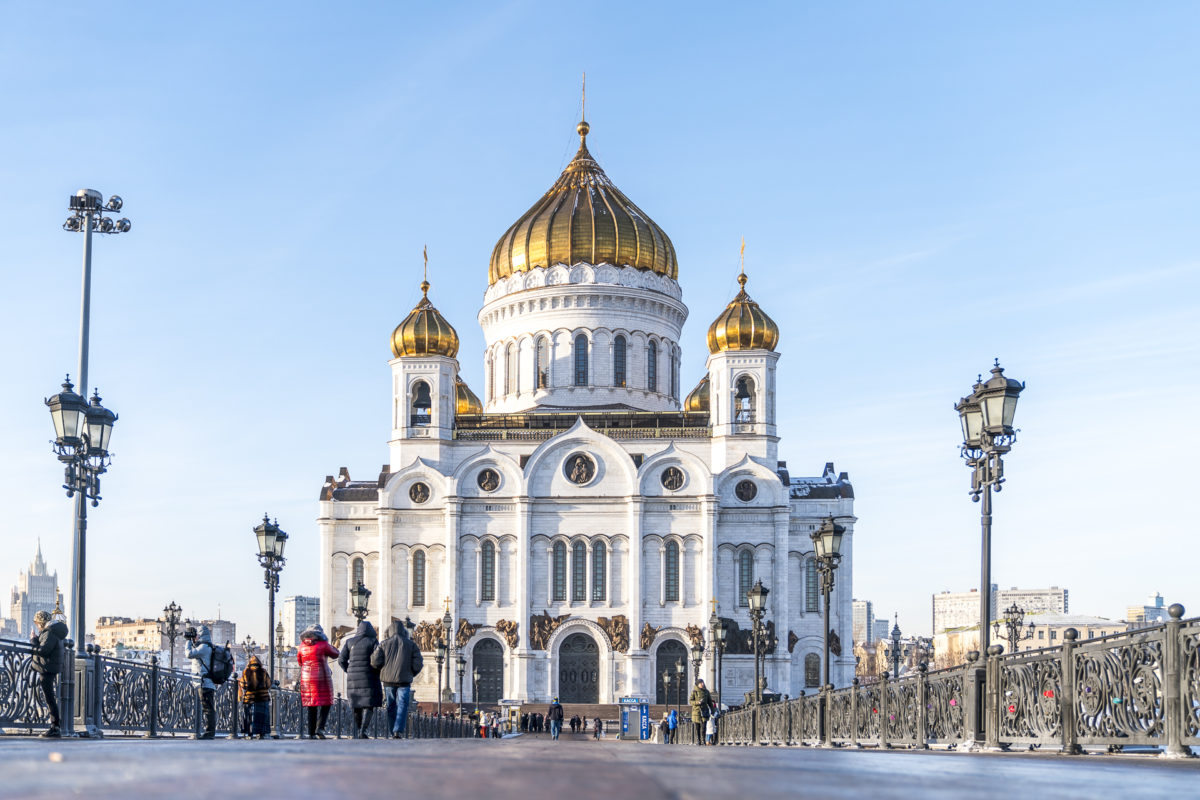
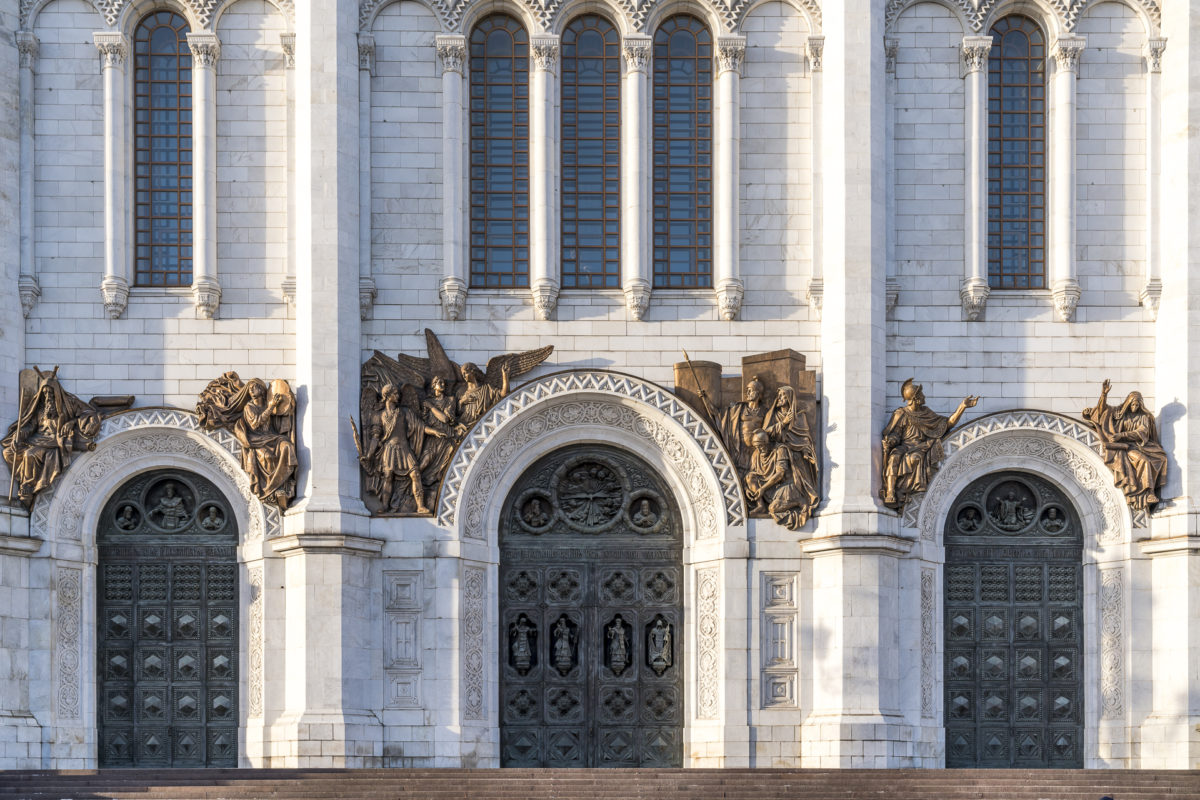
#6: visit a museum
Not far from the Cathedral of Christ the Saviour is the Pushkin Museum of Fine Arts – one of the largest museums of foreign art in Russia. I had originally envisaged other museums, but due to the opening hours (many museums open just before noon and most are closed on Mondays), we “only” made it to Pushkin in the end. Two other cultural institutions I would have liked to see are the Manege right next to the Kremlin and the Garage Museum of Contemporary Art in Gorky Park.
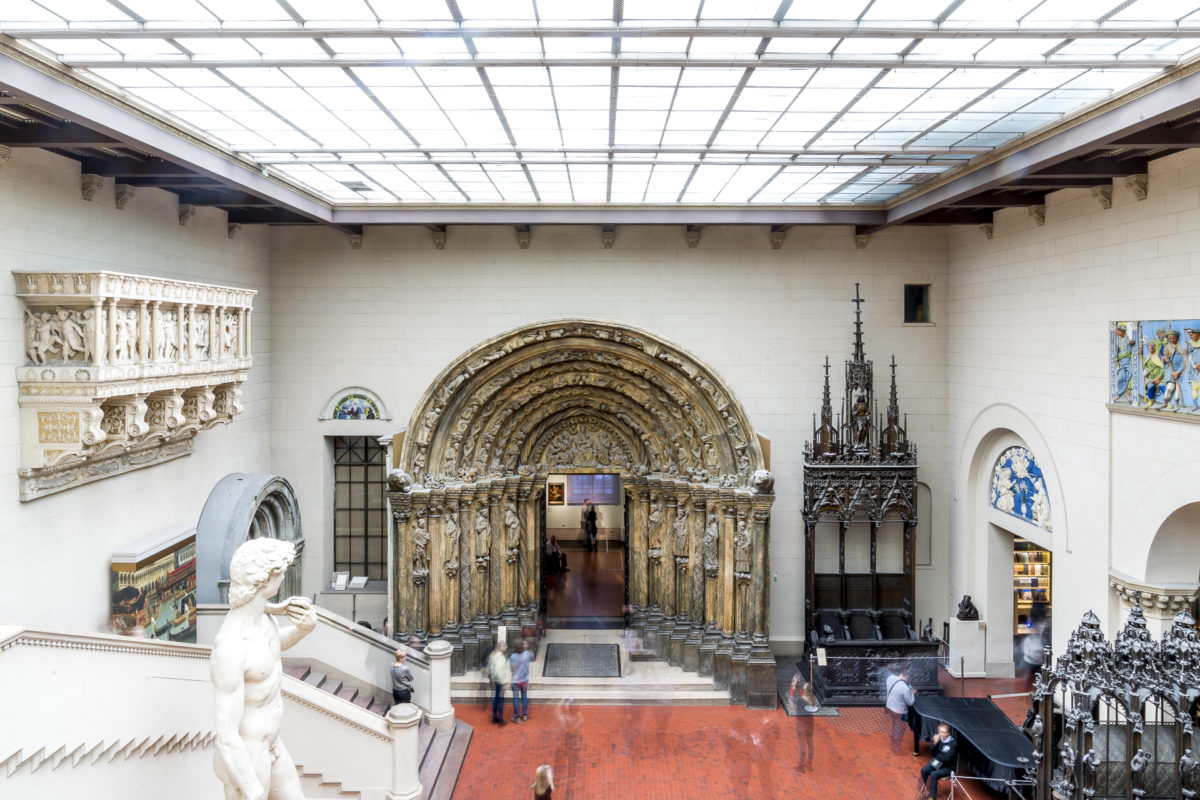
#7: visit the Kremlin
Something that can be done on Monday morning, when the majority of museums are closed, is to visit the Kremlin. If you don’t want to waste time queuing, you can buy your ticket online (this tip also applies to Pushkin, by the way). There are different ticket options, depending on what is of interest. We bought tickets for 500 rubles each to visit the five churches on Cathedral Square. Attention should also be paid to the youngest building of the complex – the State Kremlin Palace. The simple but mighty building provides an interesting contrast to the richly decorated cathedral domes. A visit to this building is only possible in connection with events (concerts).
When planning your trip, keep in mind that the Kremlin is closed on Thursday! Information about opening hours and tickets can be found here: Moscow Kremlin Museum
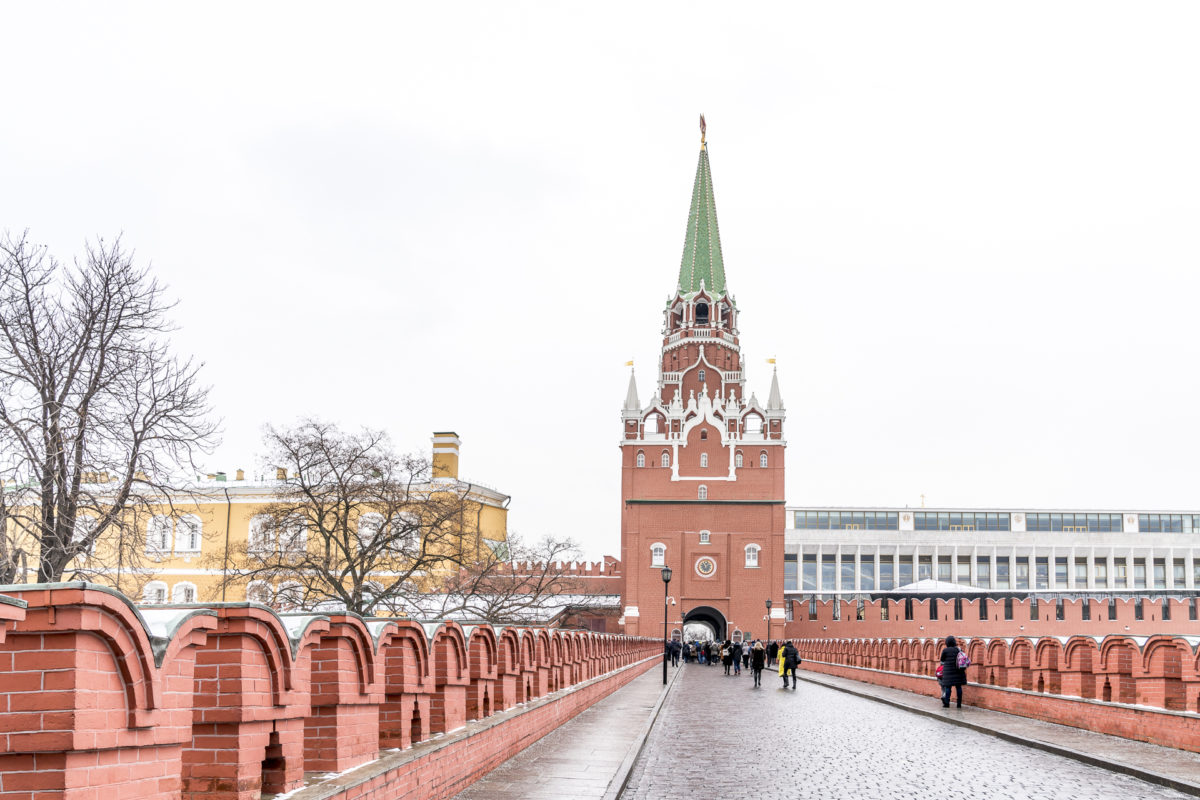
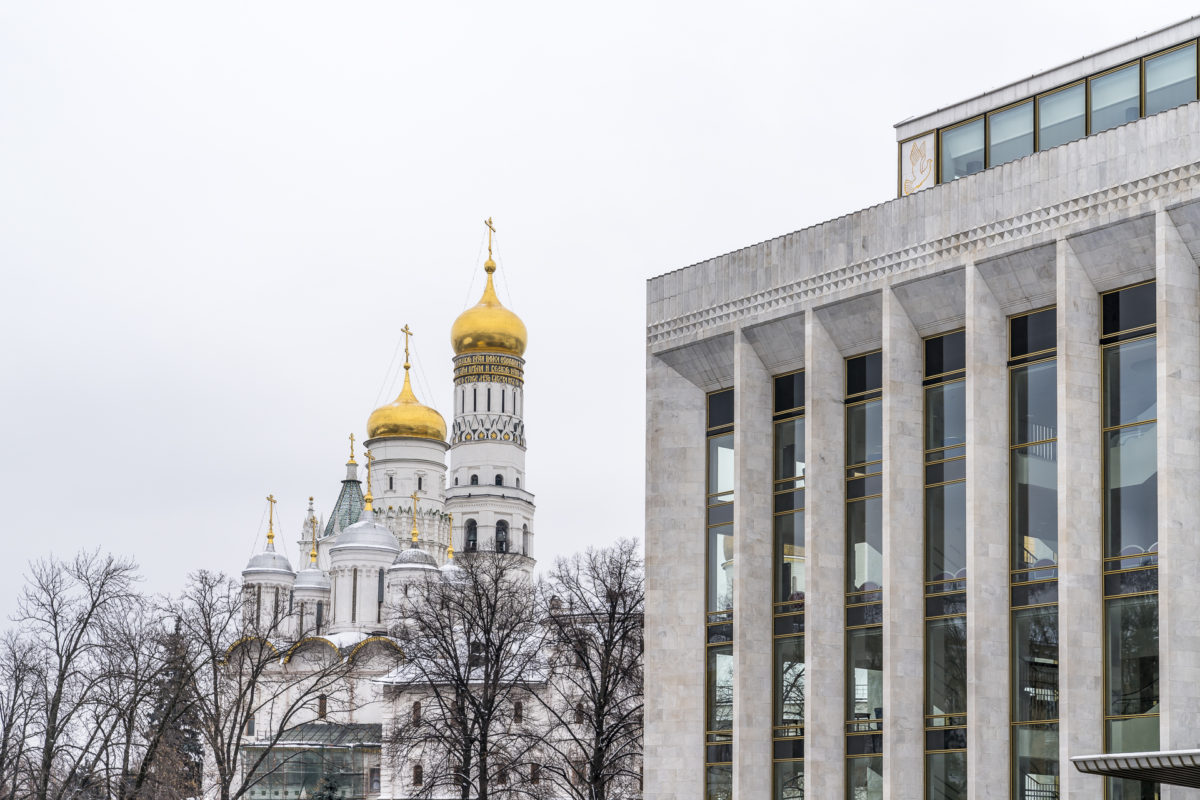
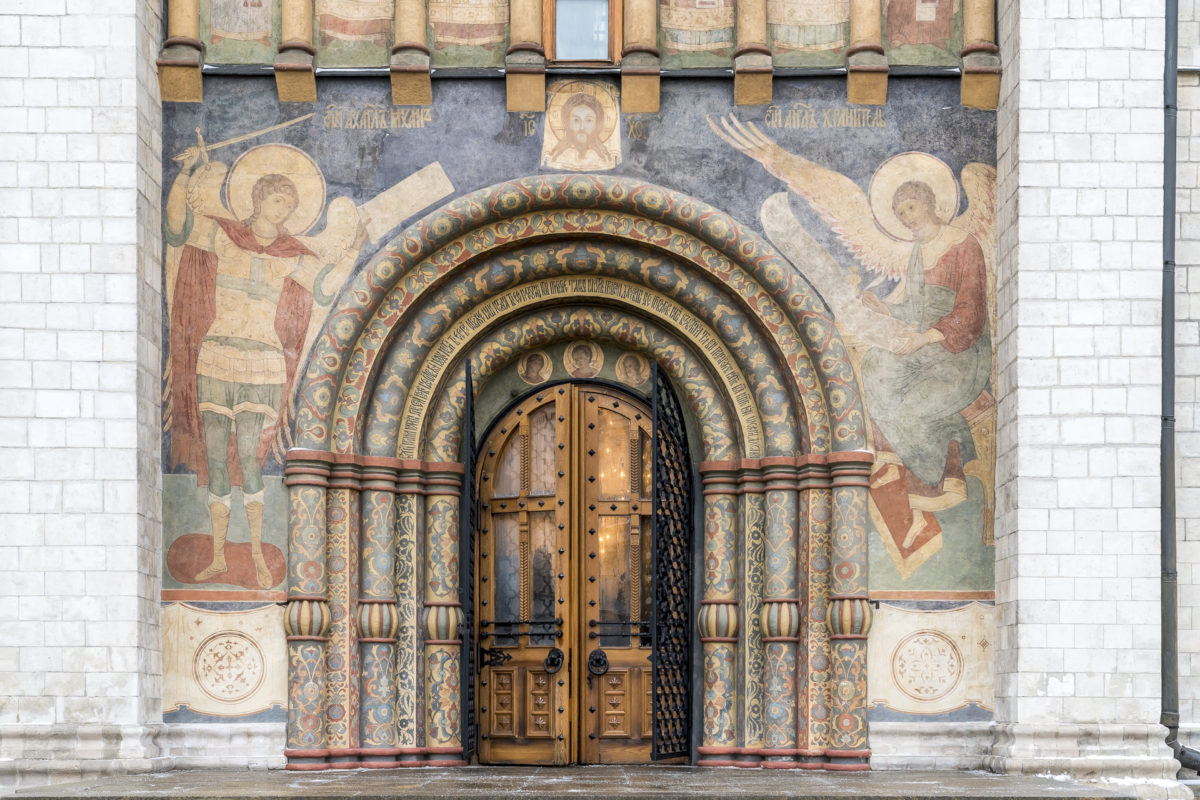
9: Marvel at magnificent buildings in the city centre
Even if it’s freezing around our ears outside, we are drawn out into the cold again. There are exciting buildings to discover not only south of the Kremlin, but also to the north. Moscow is a treasure trove for architecture-loving travelers. Outstanding classical buildings can be found north of the Bolshoi Theatre on Tverskaya and Ulitsa Bolshaya Dmitrovka Street. The historic Nikolskaya pedestrian street, which connects the GUM with the Central Children Store, also has some beautiful corners.
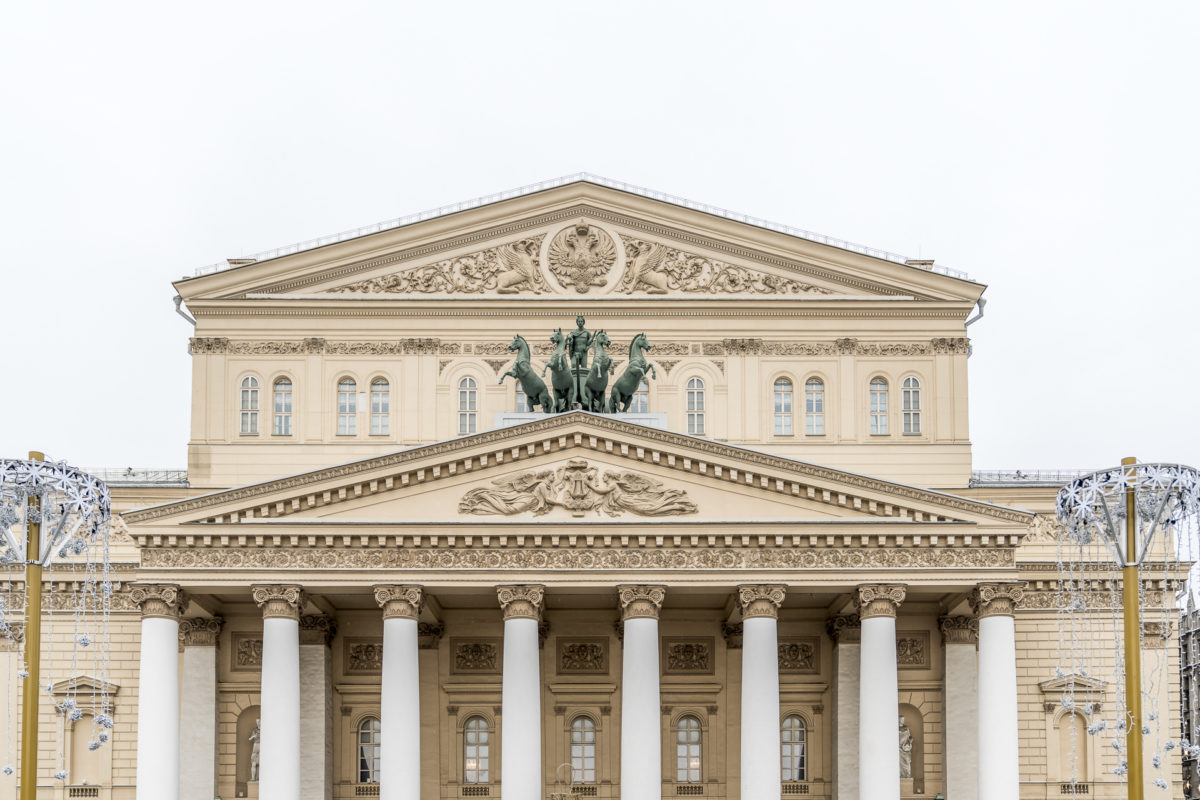
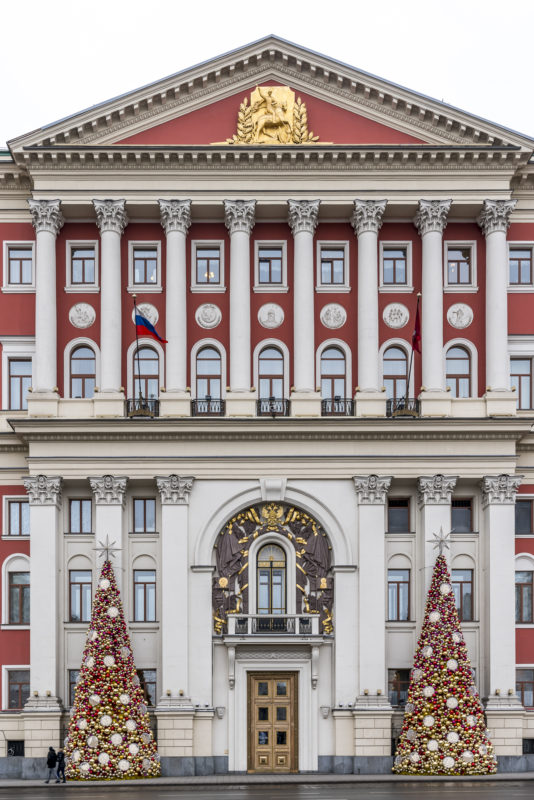
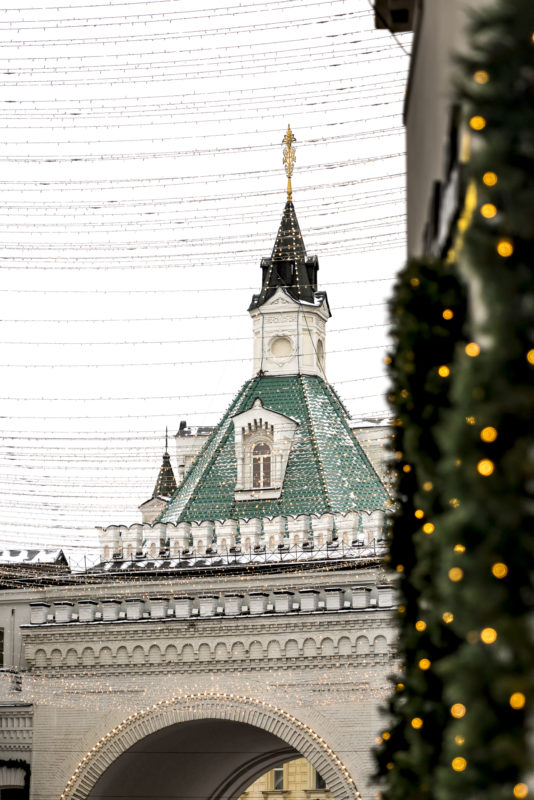
Some of Moscow’s metro stations are also worth seeing. I was particularly impressed by the Mayakovskaya Station, which can be found in some listicles of Moscow’s most beautiful metro stations. The metro station is located close to the city center on the Zamoskvoretskaya Line (Line 2).
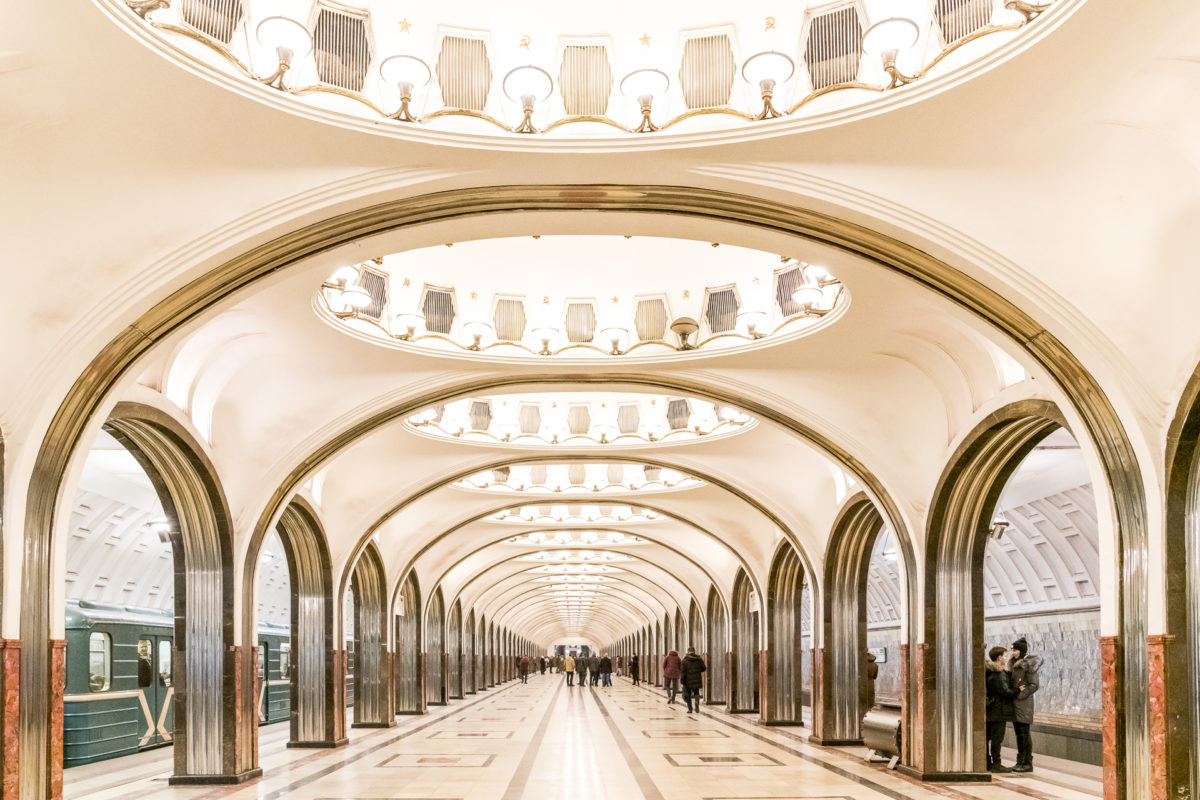
#10: Take a Market Tour
If you want to get to know the life of the local population far away from the splendour of the centre, I recommend a detour to one of the old farmers’ markets such as the Preobrazhensky market in the northeast of the city. The market is located on the grounds of an 18th-century Orthodox monastery and is one of the few that still looks like the collective farm markets of the Soviet Union, Elena tells us. Elena offers various culinary tours on behalf of the Hotel Metropol and knows all about the trends of the local restaurant scene. We take her on a half-day market tour. Georgian and Armenian cuisine are currently in vogue, as Elena tells us – and at the Preobrazhensky market you will also find one or two market stalls offering the corresponding products.
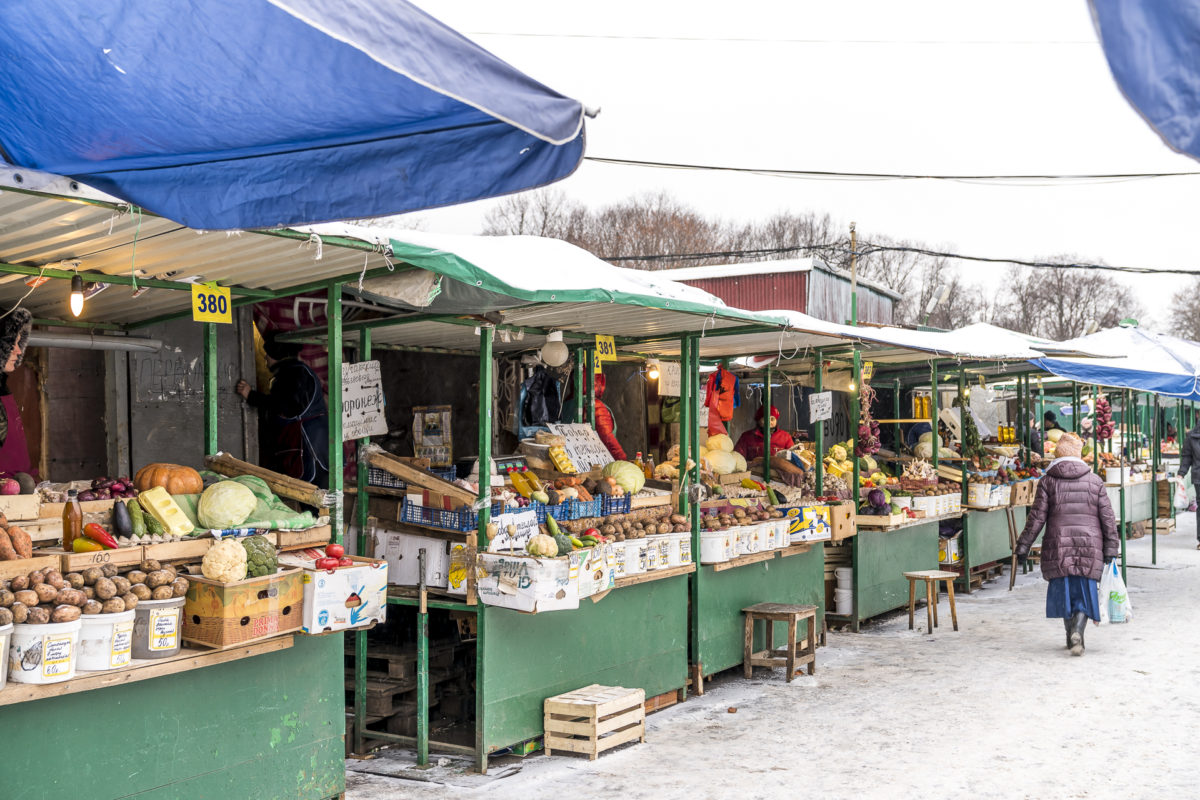
Next, we will visit the Danilovsky Market, which is located south of the city center and is the complete opposite of the Preobrazhensky Market. The market has been around since the 1960s, but has been rebuilt in recent years, dusting off and delighting the hipsters of our generation with beautifully draped market and food stalls. Here you can shop as well as feast on the numerous delicacies of the Caucasus region. However, some products are almost twice as expensive as on the Preobrazhensky market.
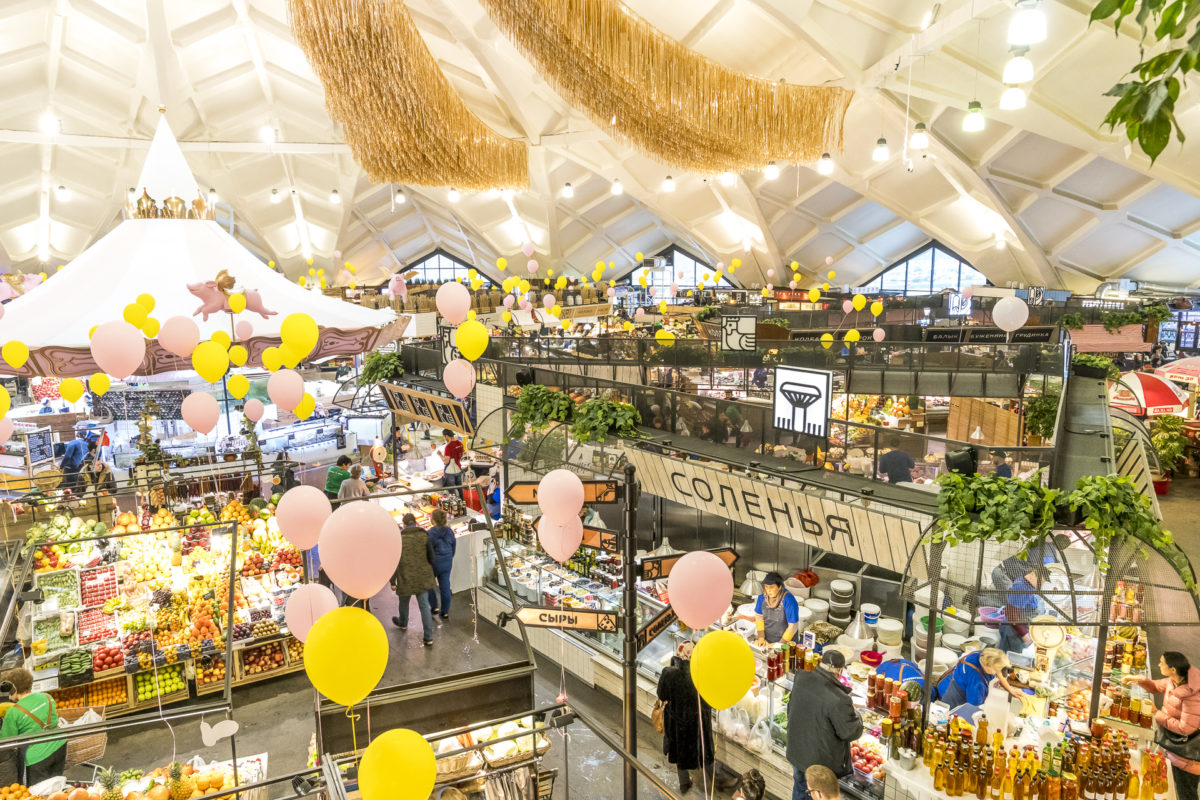
Not quite as pompous and mostly stuffed to the last seat – but central – is the third market, which we visit together with Elena. The Central Market is within walking distance of the city centre and is home to “Camera Obscura Coffee“, the best coffee roastery in the city.
#11: Taste your way through Moscow’s restaurant scene
Moscow has a very lively restaurant scene that is in the top league when it comes to product processing. We were less impressed by the quality of service – there is still room for improvement.
For a light lunch or coffee and cake in between, I can recommend both the Strelka Bar not far from the site of the former chocolate factory “Red October” and the Gorynych restaurant above the Central Market. Both are very casually furnished restaurants with a menu that consists mainly of modern interpretations of Russian dishes.
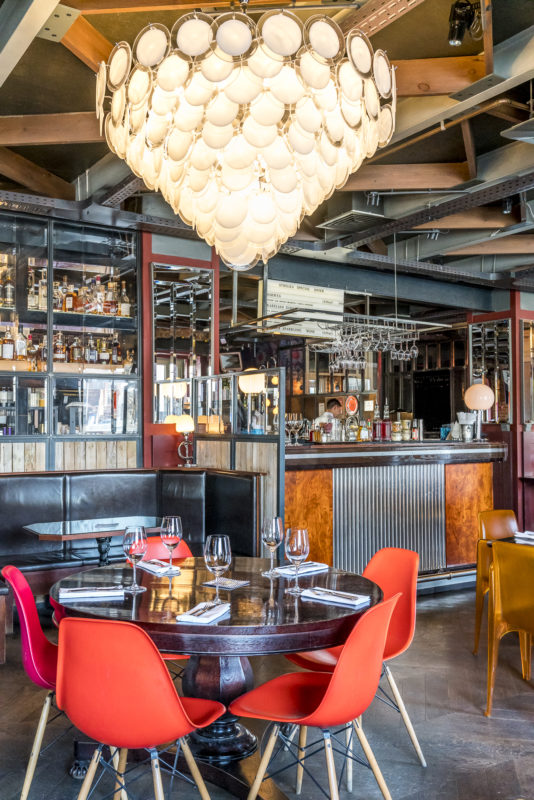
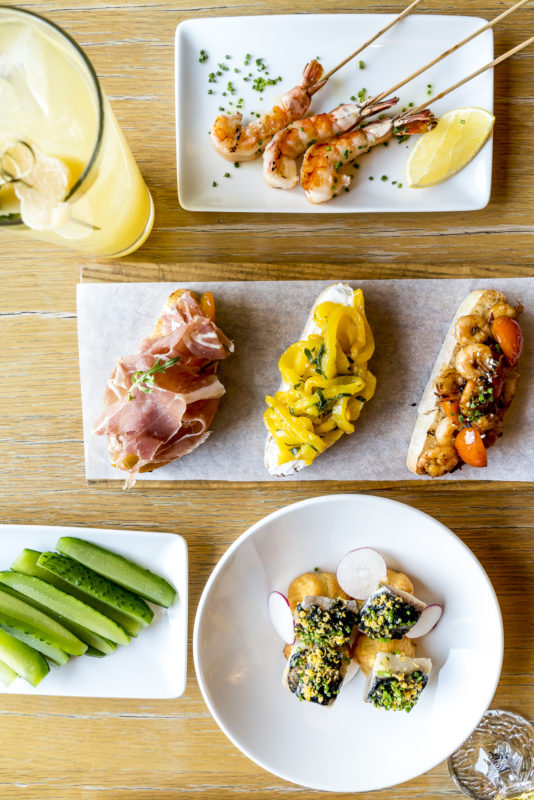
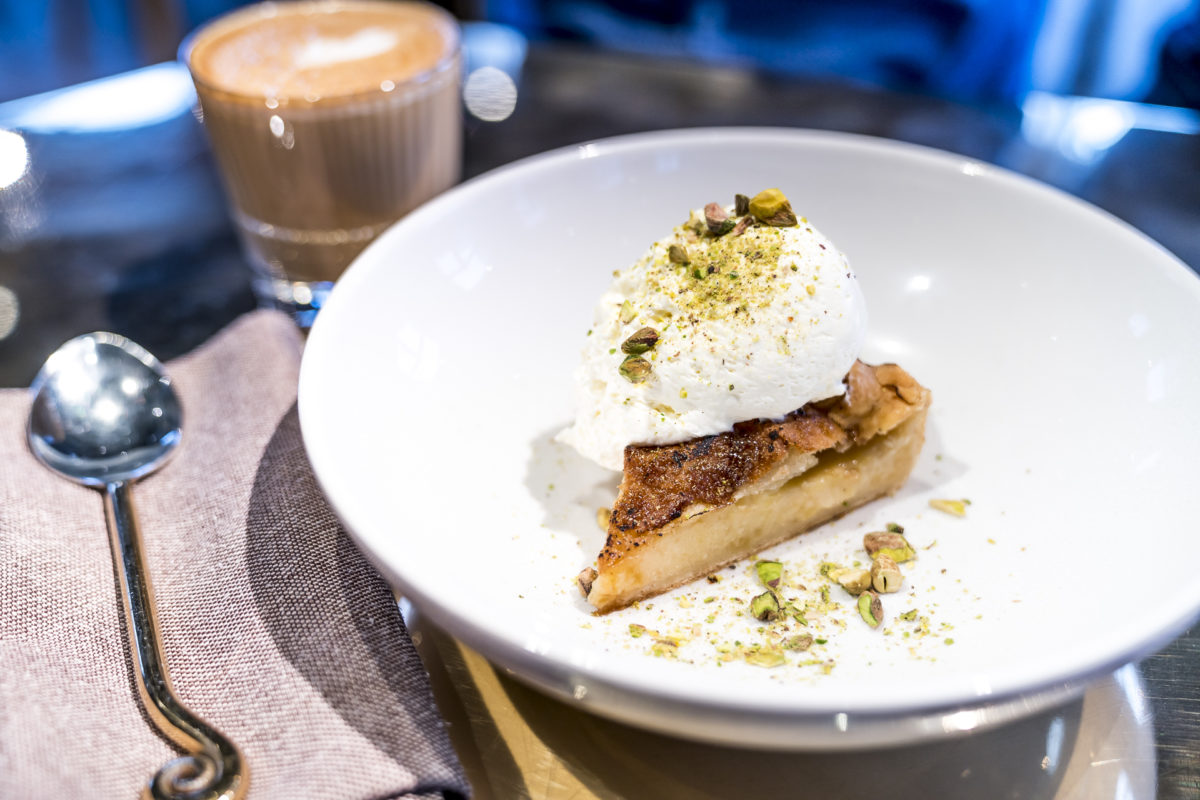
If you don’t mind paying at least twice the usual drink price, we recommend the O2 Lounge at the Ritz-Carlton. The price is understandable insofar as there is a magnificent panoramic view over the center of Moscow (including Red Square and Kremlin) free of charge. If the weather is good, you can take really great postcard photos from the roof terrace.
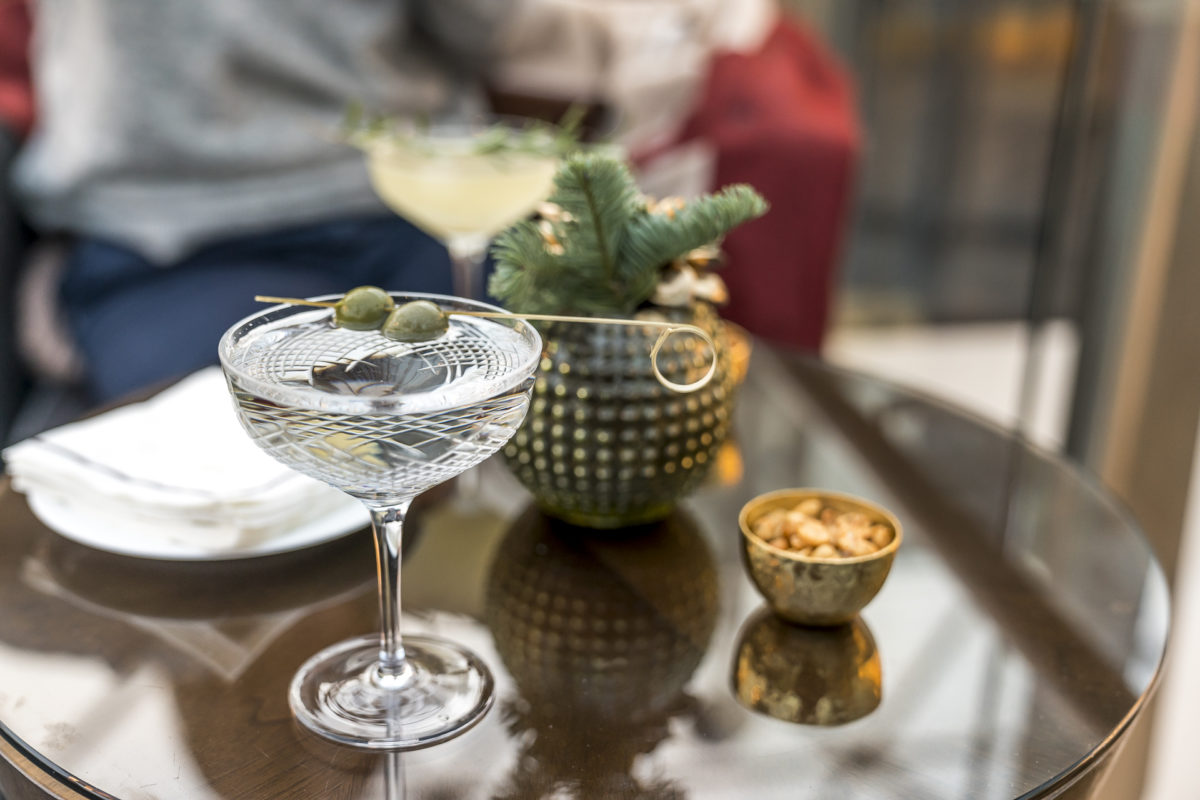
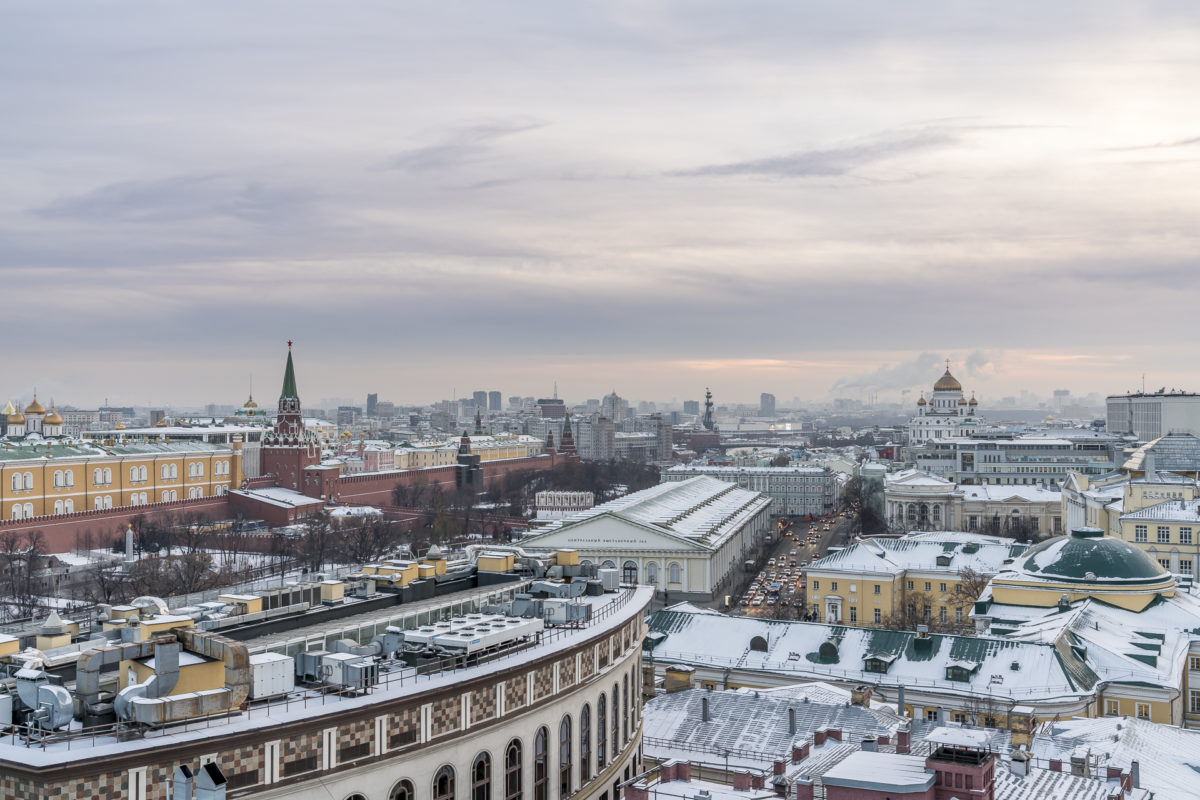
For dinner, we tried our way through the different restaurant categories of the White Rabbit Group. The cheapest dinner option is the Tehnikum. I chose this restaurant for the first evening because it is within walking distance of the Hotel Metropol. The drinks are great, with the really “fancy” creations being offered one floor below in the Korobok cocktail bar. Otherwise, it was too noisy & hectic for me here for dinner and despite a table reservation in advance, we only received an unsatisfactory bar seat. As a possible alternative near the hotel, the Vysota 5642 should be mentioned at this point.
We had very high expectations for our dinner at the legendary “White Rabbit“, which ranks 15th among the “World’s 50 Best Restaurants”. We both tried the “Russian Revolution” menu with 15 courses for 10,000 rubles each. We liked the fact that traditional Russian products are in the foreground in every course and that the taste interplay of the individual ingredients is mostly convincing. There are deductions for the service and the ambience. For this price, I don’t think it’s justified to be crammed elbow to elbow on a bench. If you want to treat yourself to a special experience here, we recommend the Chef’s Table.
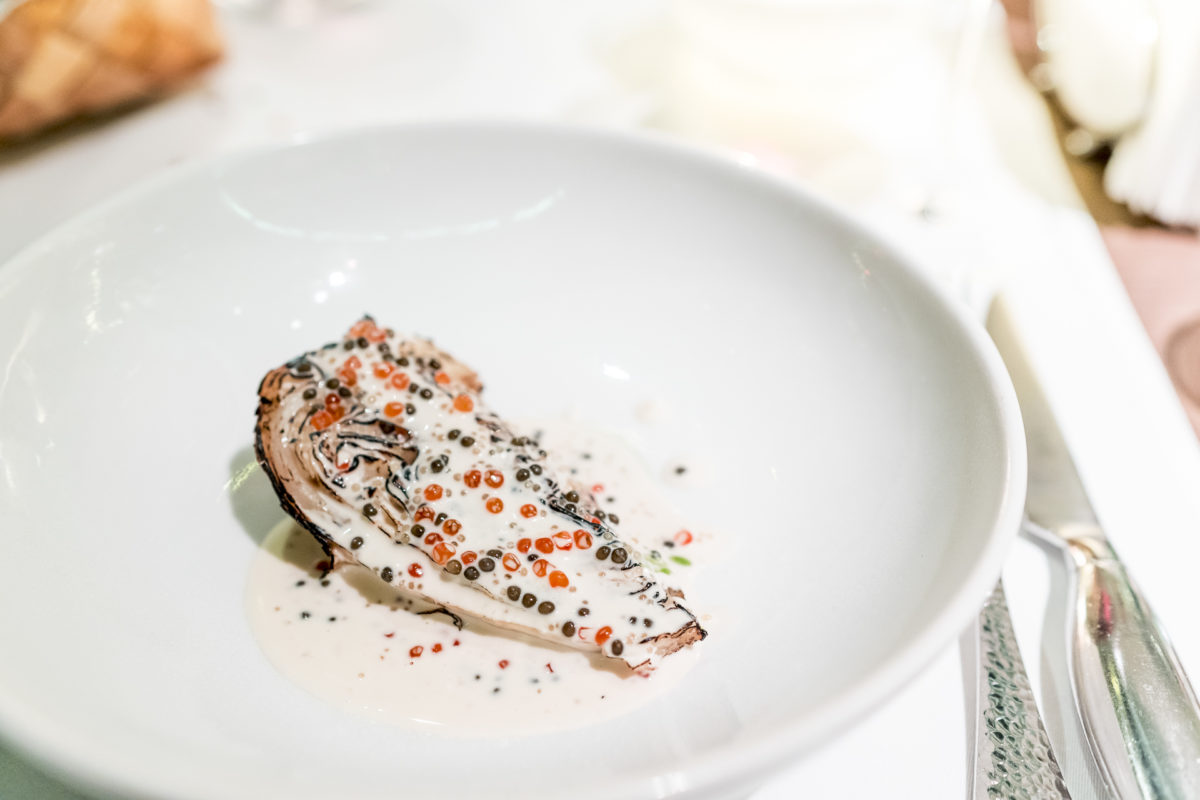
The cheaper, but equally interesting alternative is offered by the Selfie restaurant, which belongs to the same group. The signature menu “Non-Industrial” costs 5,500 rubles and includes 9 courses. I thought the first three courses were great and after that I was more and more bored from the constantly repeating sumptuous sauce component (each course contains an incredible amount of “Gschlürz”).
Both restaurants also offer à la carte dining.
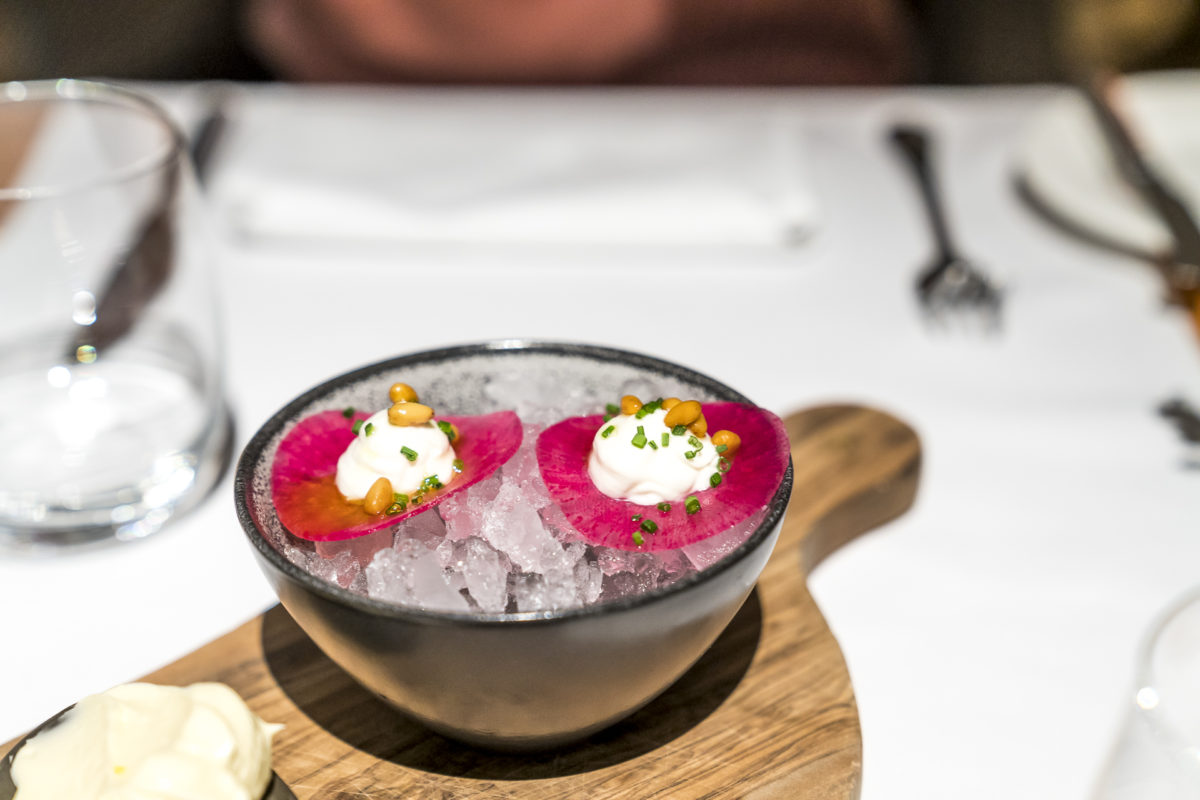
Our number 1 tried restaurant in Moscow is Twins Garden. Since we stopped here at lunchtime, we unfortunately couldn’t try one of the two tasting menus (6,500 or 8,000 rubles), which are only served in the evening – but the farm-to-table concept (the restaurant belongs to a farm) and the bright, spacious interior convinced us.
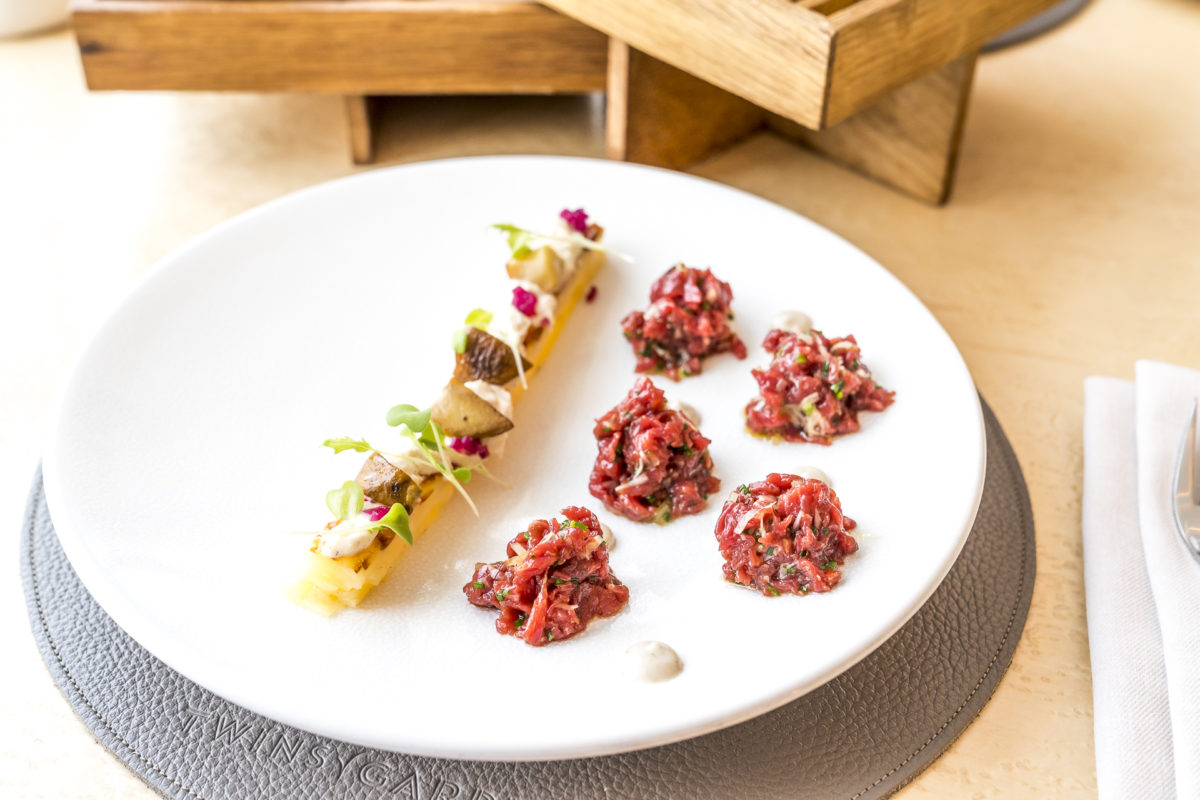
Reservations are recommended for all the restaurants mentioned here.
More practical travel tips for Moscow
- The overnight stay in a double room standard incl. breakfast at the Hotel Metropol costs from 270 CHF / night.
- To enter Russia, you need a visa as a Swiss citizen. In addition to a valid passport and a letter of invitation from the hotel (which is issued by the Hotel Metropol), you need a confirmation of the required insurance coverage from the health insurance company. We had our visas applied for through the visa service of Siberiak. If you have an invitation and enough time to spare, the service including visa fee costs 140 CHF.
- According to the current flight schedule, Swiss offers direct flights from Zurich to Moscow-Domodedovo every day.
- The journey from Domodedovo Airport to the city centre takes around 75 minutes and costs around 3,500 rubles with a taxi organised by the hotel. It is cheaper with shared taxis or public transport (Aeroexpress train/metro).
- Right next to the Metropol Hotel is the Teatralnaya metro station on line 2 – a metro ride costs 55 rubles.
- To prepare for our trip to Moscow, I read the tips in the Wallpaper City Guide and the recommendations at Spotted by Locals.
- In many places, a glass of wine is practically the same price as a high-proof drink (if not more expensive).
Note: our trip was supported by the Hotel Metropol. All impressions and opinions are, as always, ours.


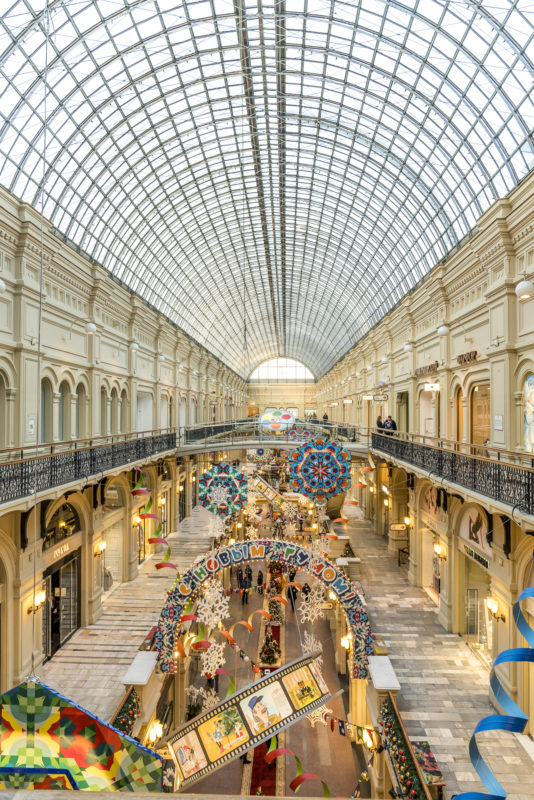
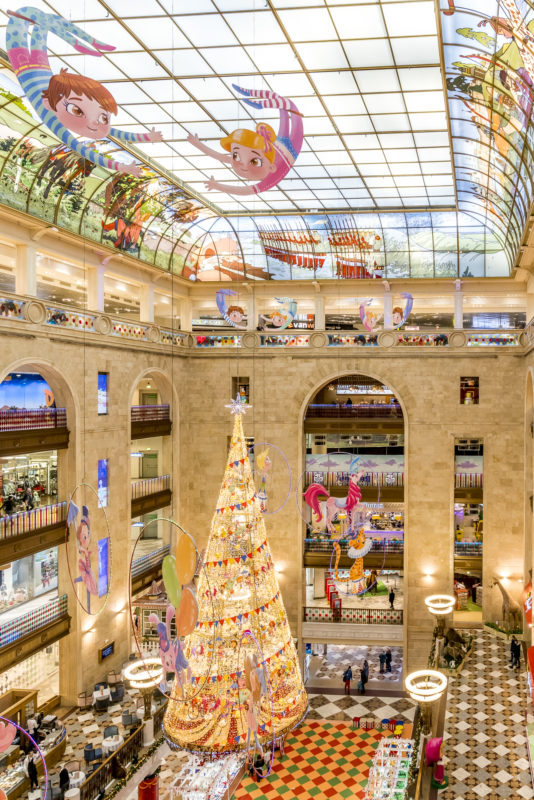
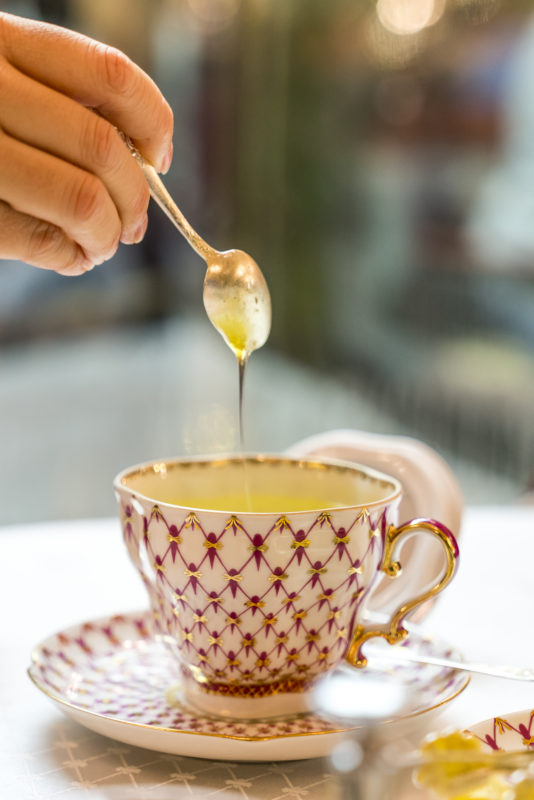
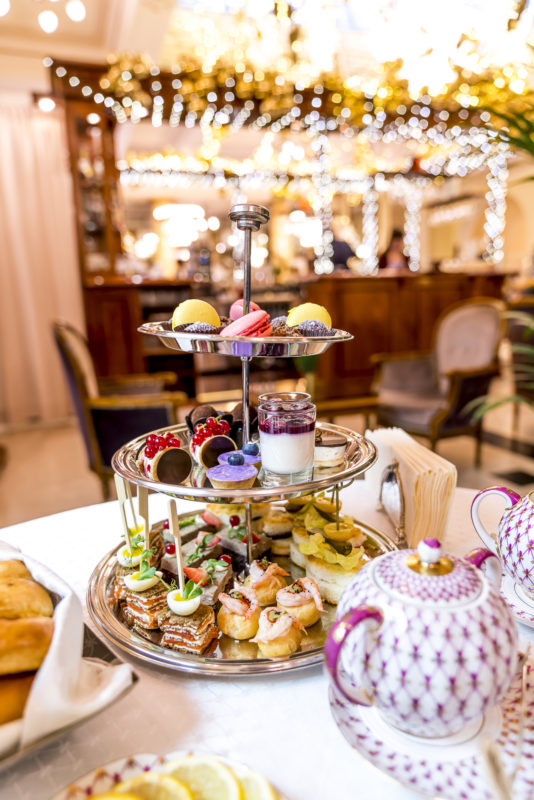
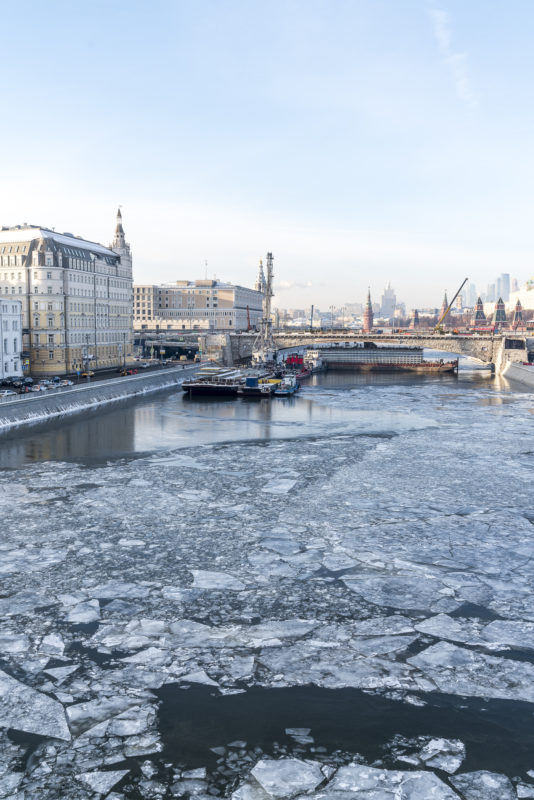
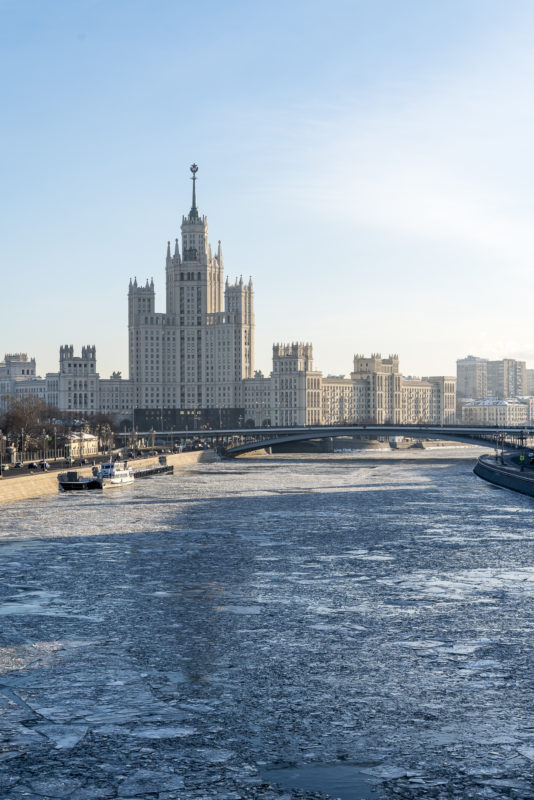
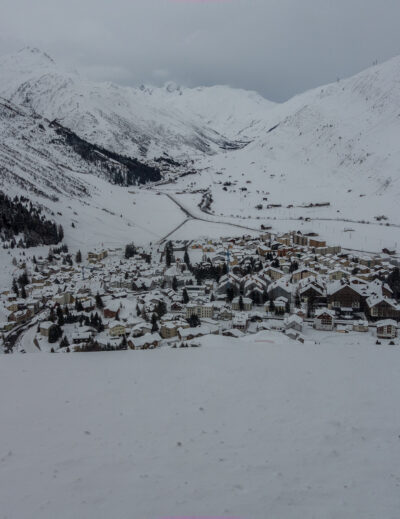

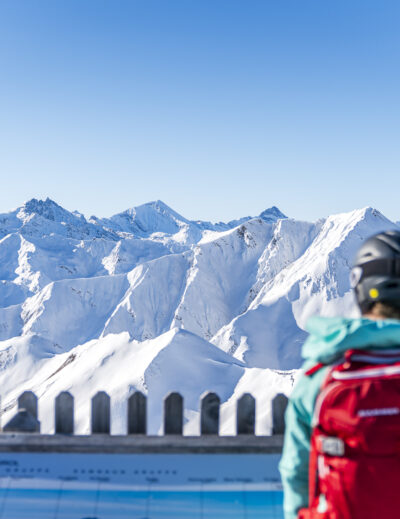
Leave a Reply